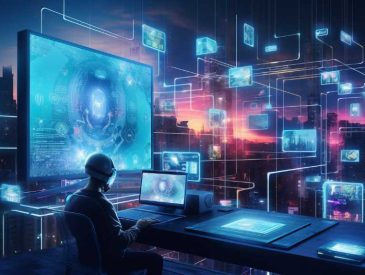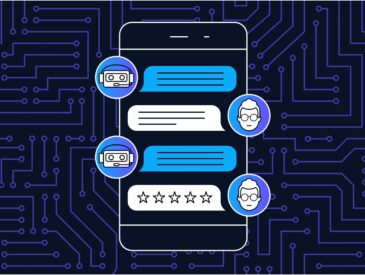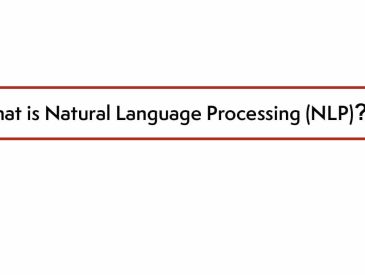The rapid advancements in artificial intelligence (AI) have transformed industries and revolutionized our interaction with technology.
Initially focused on prediction machines, AI has now shifted towards generative AI, allowing machines to create unique outputs. This shift, powered by collaboration with transformer models, has led to a corporate race for Superintelligence and Artificial General Intelligence (AGI).
In this article, we explore the impact of this AI revolution on work processes, the future possibilities of AGI, and its potential to enhance industries through human-like behavior simulation.
Key Takeaways
- AI is shifting from a focus on prediction to a focus on generative capabilities, allowing machines to create something new rather than just analyzing existing data.
- The development of AGI, or Superintelligence, is driving a corporate arms race as companies compete for data, computing power, and talent to train AGI models.
- AGI has the potential to transform work processes and tools, enabling everyone to build new products and services and leading to the need for streamlined tools and workflows.
- The future possibilities of AGI include models that can complete tasks on behalf of users, simulate human behavior, and enhance various industries.
The Evolution of AI: From Prediction to Creation

The evolution of AI from prediction to creation has brought about a paradigm shift in the capabilities and potential applications of artificial intelligence.
Traditionally, AI has been used in industries such as business intelligence and data analytics to predict consumer preferences and change consumer habits. Companies like Netflix, Amazon, and YouTube have relied on prediction machines that can forecast outcomes based on data.
However, with the advent of generative AI, machines are now capable of generating something new and previously non-existent. This shift from prediction to creation has led to the development of advanced models like AGI, which can understand various forms of information and collaborate with users.
Moreover, this evolution has sparked an ongoing corporate arms race to solve Superintelligence first, leading to the emergence of new products and services powered by AGI.
The Rise of Generative AI: Unlocking Creativity in Machines
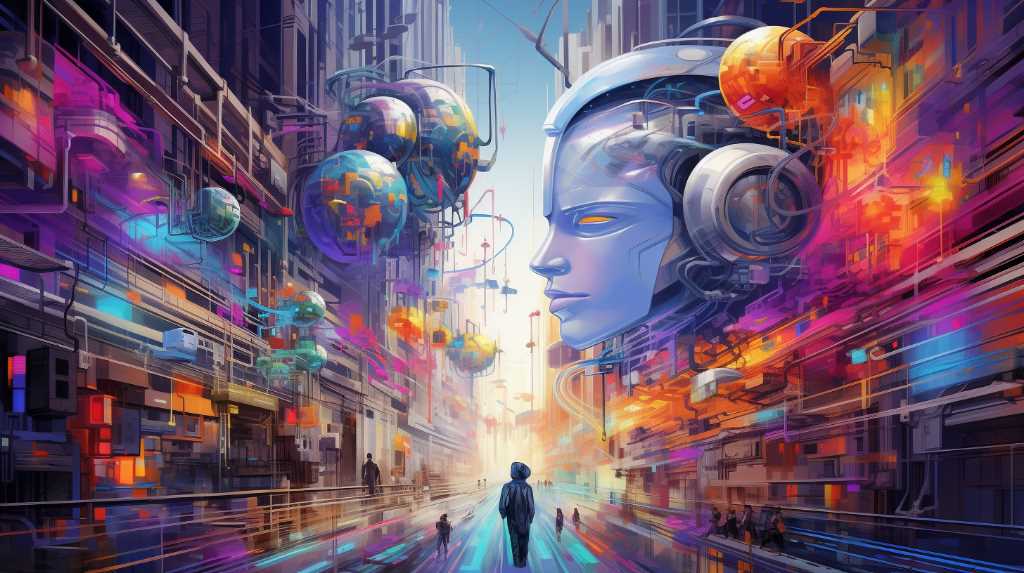
One significant development in the field of AI is the emergence of generative AI, which has unlocked the potential for machines to generate new and innovative outputs. Unlike traditional AI, which focuses on predicting outcomes based on existing data, generative AI goes beyond analysis and creates something entirely new.
This shift from prediction to creation is opening up possibilities for machines to showcase their creativity. Generative AI models, such as Transformer models, are collaborating with users to generate unique outputs in various forms, including text, images, and even music.
This rise of generative AI is not only transforming the capabilities of machines but also reducing barriers for highly skilled labor in different fields. It is an exciting development that is revolutionizing the way we think about AI and its creative potential.
The Corporate Race for Superintelligence: A Battle for Innovation
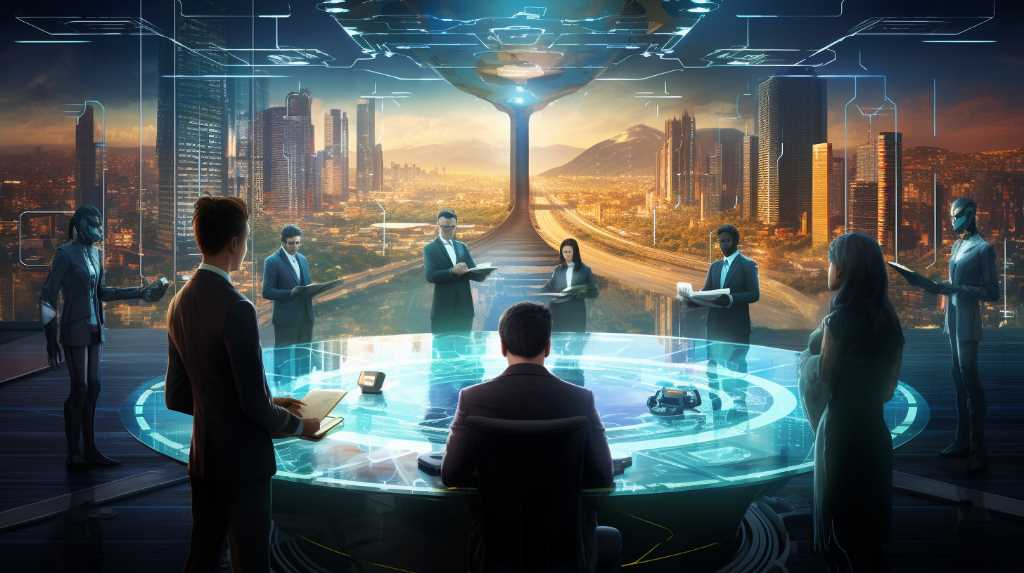
A corporate race for superintelligence is underway as companies compete to innovate and lead in the development of advanced AI technologies. Research labs and corporate entities are actively vying for data, computing power, and talent to train AGI models.
Giants like Google and Microsoft are in the race through their subsidiaries, DeepMind and OpenAI, respectively. However, the accessibility of open-source AGI models poses a potential threat to these major companies. Stanford researchers have released their own version of ChatGPT at a fraction of the cost, indicating the potential for smaller players to outcompete industry leaders.
As the competition intensifies, the impact on work processes and tools is becoming evident. AGI is enabling everyone to build new products and services, and the need for streamlined tools and rethinking work processes is emerging.
Transforming Work Processes: How AGI Is Reshaping Industries
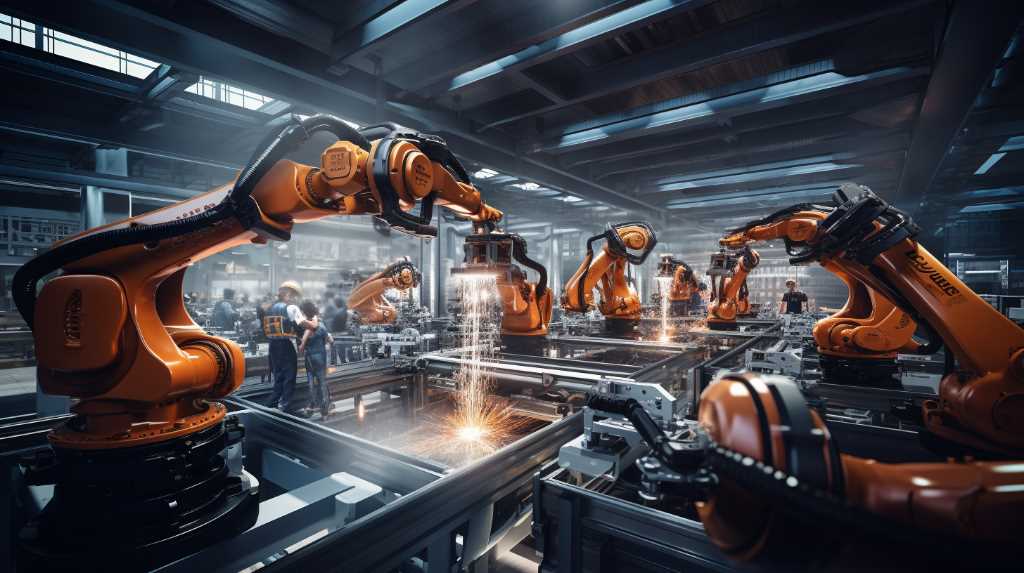
AGI is fundamentally reshaping industries by revolutionizing work processes and enabling the creation of innovative products and services. With the advent of AGI, there is a shift in how work is approached, as it allows for the development of new tools and workflows.
AGI serves as an expert skill set, empowering individuals to build and design novel solutions. Multimodal workflows are being developed to cater to specialists in various fields, bridging the gap between an information-rich world and a knowledge-first environment.
While existing tools and systems are still widely used, the emergence of AGI-powered products is transforming industries and prompting a reevaluation of work processes. As AGI research progresses, streamlined tools and optimized workflows will play a vital role in maximizing the potential of this technology.
Exploring the Future Possibilities of AGI: Beyond Human-Like Behavior
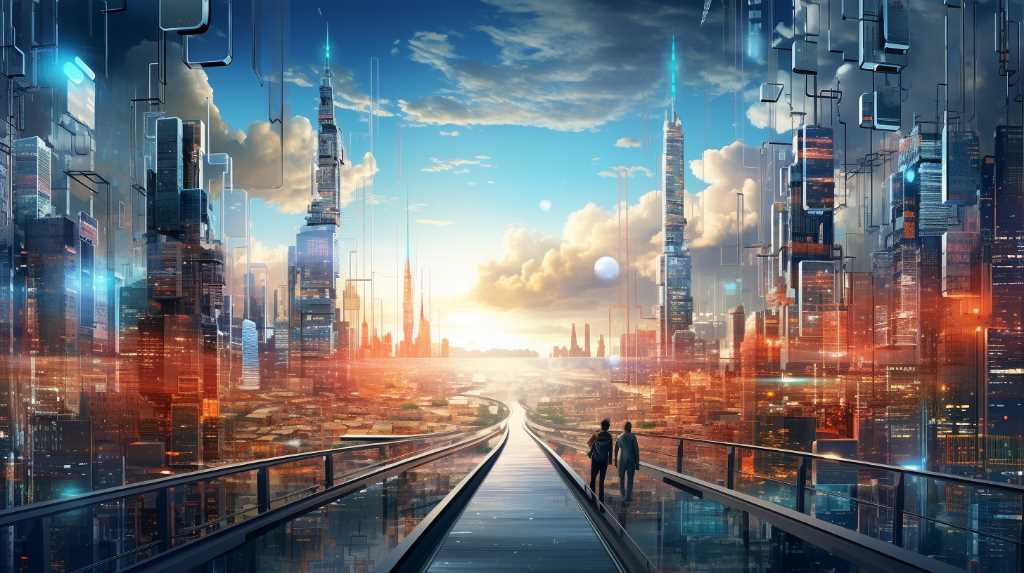
Furthermore, as the field of AGI continues to advance, it is important to explore the future possibilities beyond human-like behavior.
While current AGI models have made significant progress in simulating human-like behavior, the potential of AGI goes far beyond this. Researchers are now exploring the possibility of AGI models that can not only understand and execute user requests but also generate new and creative outputs.
The development of multimodal workflows and advanced developer tools like LangChain are paving the way for AGI models that can fully simulate human behavior.
This opens up a world of opportunities for industries to leverage AGI in ways that go beyond what humans are capable of, revolutionizing various sectors and pushing the boundaries of innovation and creativity.
Tools and Technologies for AGI Development: Empowering Creators
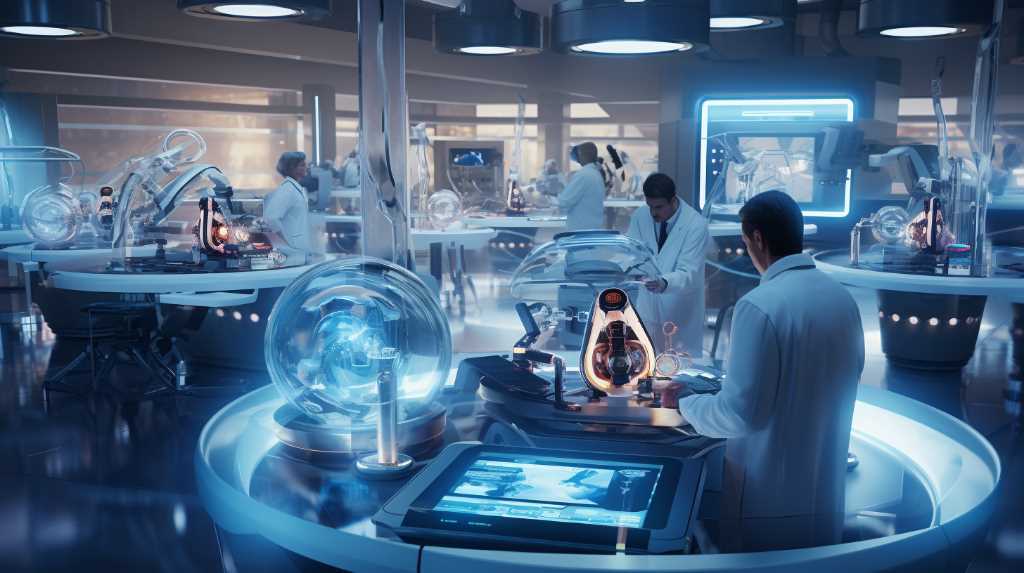
The adoption of advanced tools and technologies is crucial for creators in the development of AGI, enabling them to innovate and push the boundaries of AI capabilities.
As AGI aims to generate something new and previously non-existent, traditional AI tools and systems are being supplemented with new products that are powered by AGI. These new tools and technologies are bridging the gap between an information-rich world and a knowledge-first environment, allowing everyone to build new products and services.
Multimodal workflows are being developed to cater to specialists in various fields, reducing barriers of entry for highly skilled labor. Additionally, developer tools like LangChain are advancing to support AGI development, facilitating the creation of more sophisticated and powerful AI models.
With these tools and technologies, creators are empowered to shape the future of AI and bring their visions to life.
Frequently Asked Questions
What Are Some Real-World Examples of Companies Utilizing AI for Prediction and Changing Consumer Habits?
Companies like Netflix, Amazon, and YouTube have utilized AI to predict consumer preferences and change consumer habits. AI has been instrumental in analyzing data and generating insights that inform decision-making and personalized recommendations in various industries.
How Does Generative AI Differ From Traditional AI in Terms of the Outputs It Produces?
Generative AI, unlike traditional AI, focuses on creating new outputs rather than analyzing existing data. It collaborates with users to generate unique and innovative content, reducing barriers for skilled labor and leading to the development of new products and services.
What Are Some Major Companies That Are Currently Competing in the Corporate Arms Race for Superintelligence?
Google and Microsoft are among the major companies currently competing in the corporate arms race for superintelligence. Google’s DeepMind and Microsoft’s OpenAI are leading the efforts, but open-source AGI models are also emerging as potential competitors.
How Is AGI Reshaping Industries and Work Processes?
AGI is reshaping industries and work processes by enabling the creation of new products and services, bridging the gap between information and knowledge, and developing multimodal workflows for specialists. Streamlined tools and rethinking of work processes are necessary.
What Are Some Future Possibilities of AGI in Terms of Simulating Human Behavior and Enhancing Various Industries?
AGI has the potential to simulate human behavior and enhance various industries. It can understand user requests and execute tasks, while academia explores fully simulating human behavior. Developer tools are advancing to support AGI development.
Conclusion
In conclusion, the AI revolution has shifted from focusing on prediction machines to generative AI, allowing machines to create unique outputs. This shift has sparked a corporate arms race for data, computing power, and talent to train AGI models.
AGI has the potential to reshape industries and enhance various sectors through its ability to simulate human-like behavior. As we explore the future possibilities of AGI, it becomes clear that this technology holds immense potential for innovation and creativity.
Get ready to dive into a world of AI news, reviews, and tips at Wicked Sciences! If you’ve been searching the internet for the latest insights on artificial intelligence, look no further. We understand that staying up to date with the ever-evolving field of AI can be a challenge, but Wicked Science is here to make it easier. Our website is packed with captivating articles and informative content that will keep you informed about the latest trends, breakthroughs, and applications in the world of AI. Whether you’re a seasoned AI enthusiast or just starting your journey, Wicked Science is your go-to destination for all things AI. Discover more by visiting our website today and unlock a world of fascinating AI knowledge.


